Xiluo Theater (西螺大戲院) is perhaps the most widely-known of the many abandoned theaters of Taiwan. It is located just off the main commercial street running through Xiluo, a small city of approximately 46,000 residents on the south bank of the Zhuóshuǐ River (濁水溪), the traditional boundary dividing northern and southern Taiwan. Completed sometime between 1937 and 1940, this reinforced concrete and brick building replaced a wooden theater originally built in the 1920s. The new theater survived the war unscathed and flourished during the golden age of Taiwanese cinema in the 1950s and 60s. In those days the area surrounding the theater became known as Xiluo’s Xīméntīng (西門町), a name derived from Taipei’s popular entertainment district. Business declined sharply in the early 1980s and the theater was abandoned to the elements by 1988, a consequence of changing consumer habits, the rise of television and home video, and population outflow to larger cities. More recently it has become a popular site for photography, video production, urban exploration, and historical tourism.
Most of Xiluo was destroyed by the devastating Hsinchu-Taichung earthquake in 1935. The local gentry, flush with cash from the preceding years of prosperity, decided to rebuild in style. The uniquely Taiwanese shophouses that line what is now known as Yánpíng Old Street (延平老街) were constructed in the aftermath of the disaster—but the Xiluo Theater, located just being the traditional market at the head of the street, is surely the most iconic relic of this era.
The theater was funded by the wealthy Lin clan through Línguǎnghé (林廣合), a family-owned joint venture whose many prestigious members were involved in a dizzying variety of other businesses around town1. It was constructed in two stages, with a mezzanine added several years after the theater first opened for business2. The architectural style is often described as Baroque Revival but this framing obscures that something special was taking place in Taiwan at that time: a fusion of Western architectural influences, channeled through Japan, and local craftsmanship. The result is simple, reserved, and pleasing to the eye, but not particularly ornate nor extravagant.
In addition to film screenings Xiluo Theater hosted traditional puppet shows, opera troupes, concerts, and other performances. It was also used for school graduation and military award ceremonies—and I wouldn’t be surprised if more than one wedding took place here. Some sources I consulted suggest the theater had a capacity of 500 people, but this feels like a lowball estimate. The plaque out front suggests capacity was 1,000, which is probably closer to the truth, especially when you account for the extensive benches on the mezzanine level.
Xiluo Theater was not only a venue for showing films; it also appears in several domestic film productions going back to the 1950s1. James Baron reveals a number of interesting details in this excellent article tracing many intriguing strands of the theater’s history across time and space. Some interesting clues about the theater’s more recently history can be found by examining Lament of the Sand River 沙河悲歌2, released in 2000. From the screenshots featured in this review we can assess the theater’s condition at the time of filming3. Everything seems to be more or less intact, far from its present state of ruin. Looking closely at shots of the exterior we can see the characters in the nameplate, Sand River Grand Theater (沙河大戲院), were obviously added for the film4. This blog entry from 2010 suggests the first two characters were stripped from the sign after filming was complete, leaving only “Grand Theater”. Nowadays you’ll see four characters for Xiluo Theater—these were reapplied sometime after 2010.
The Yunlin County government designated the theater a heritage property in 2001 but its future remains uncertain. The theater is still privately owned by the Lin family, who are under no obligation to undertake an expensive restoration project. An alarm was raised in 2017 when it was discovered that the theater was on the market. Any buyer would be prohibited by law from damaging or demolishing the theater—but historic buildings in Taiwan are oddly prone to mysterious fires when property developers start showing interest. Presently I am not aware of any news indicating a buyer has been found. The theater continues to waste away, neglected by its many owners despite its obvious charm and intrinsic value.
There is room for optimism about the future of Xiluo Theater, however. It has a relatively high profile in the media and the public is receptive to proposals to do something with the hulking ruin. Taking a cue from the Image Museum of Hsinchu City (新竹市文化局影像博物館), there is talk of converting the theater into the Yunlin County Image Museum (雲林縣影像歷史博物館), which would be an exceedingly appropriate use for such a historic building. Despite being relatively poor and almost entirely agrarian Yunlin was home to a surprising number of old movie theaters in the golden age of Taiwanese cinema—perhaps 40 or 50 in all—but none more illustrious than the grand Xiluo Theater5.
As one of the most famous ruins in the country Xiluo Theater is often the subject of magazine articles and blog posts in Chinese. While drafting this article I kept a short list of some of the more interesting posts about the theater; if you’d like to read more, try here, here, here, here, here, and here. Finally, if you’re intrigued by this theater I suggest perusing my feature article, Postcards From Xiluo, in which I document many of the other interesting sites around town.
- This particular branch of the Lin clan are descendants of immigrants from Cháozhōu (潮州), a port city in eastern Guǎngdōng (廣東), hence the inclusion of “Guang” in the name of the family’s company. The Lin family also funded the construction of Guǎngfú Temple (廣福宮), another landmark in Xiluo, and at least one building along the main commercial street still bears the imprint of their company name. ↩ ↩
- This might explain the confusion about the exact date of construction. Some sources say 1937, others say 1940. Perhaps it opened in 1937 but was only finished in 1940. Also worth noting: this theater replaced the original wooden Xiluo Opera House (西螺座), and that last character is a Japanese term for theater. ↩ ↩
- Xiluo Theater makes an appearance in Bridge of Tears (大橋情淚, sometimes romanized as Xiluo Bridge, from 1957); To All the Heartless Men 給天下無情的男性 (1965); and another film with no known English title (夜行客, 1965). ↩
- Incidentally, I learned about this film while writing a post about the old Chenggong Hostel (成功旅社) in neighbouring Xizhou, just across the Xiluo Bridge. Xizhou also had a theater, but it wasn’t nearly as grand as this one. ↩
- In fact, Xiluo Theater is one of only about a dozen theaters dating back to the Japanese colonial era still standing in Taiwan. Most of these are nowhere near as grand in scale; only the Diànjī Theater (電姬戲院) in Madou can compare. ↩

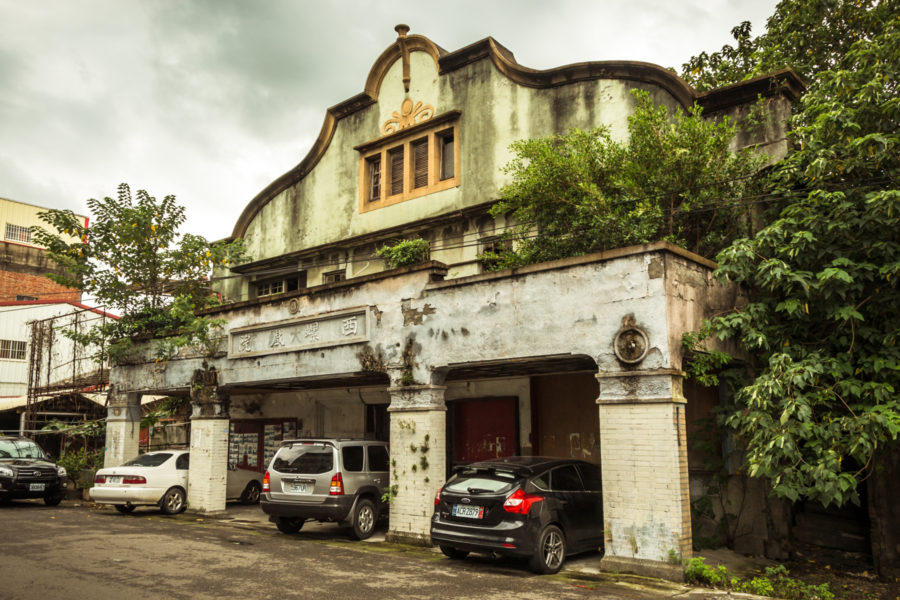
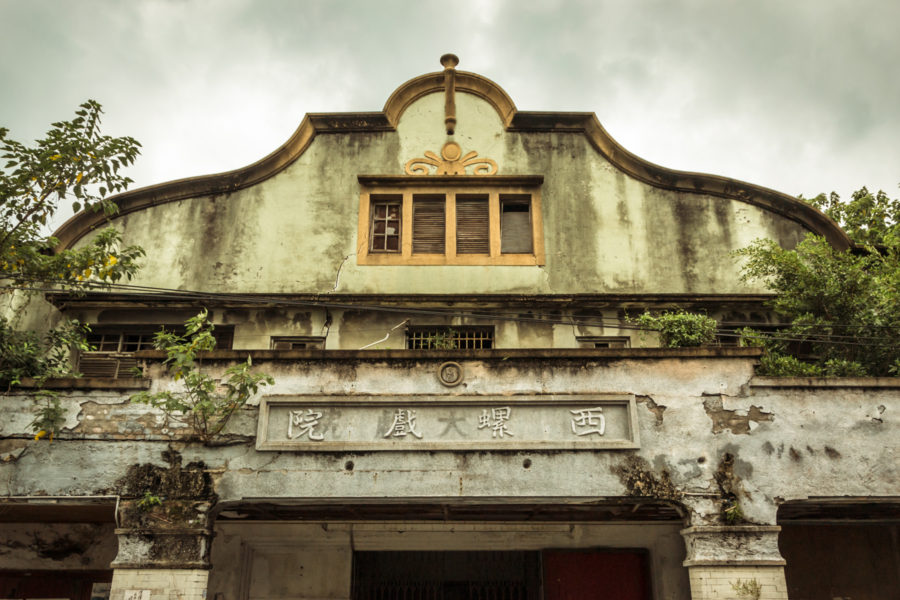
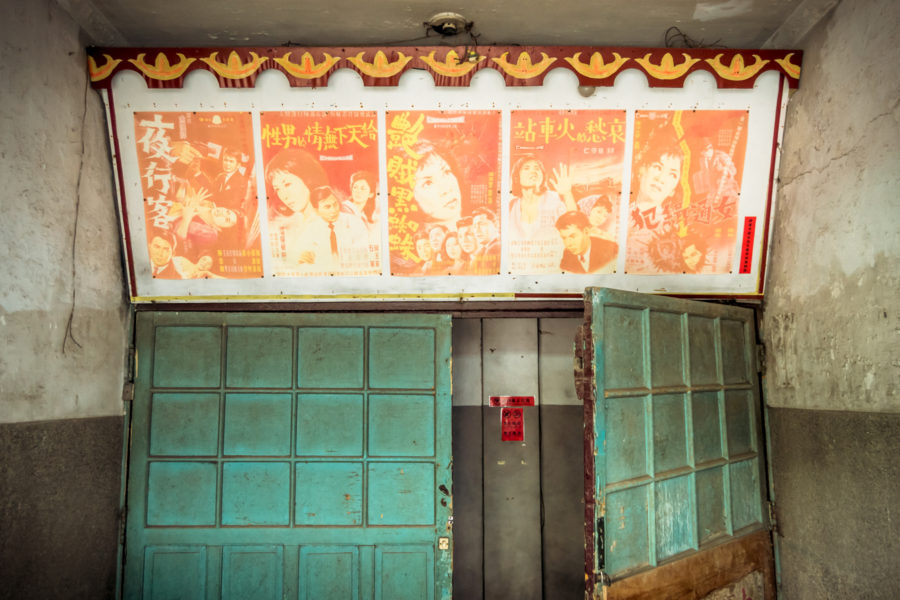
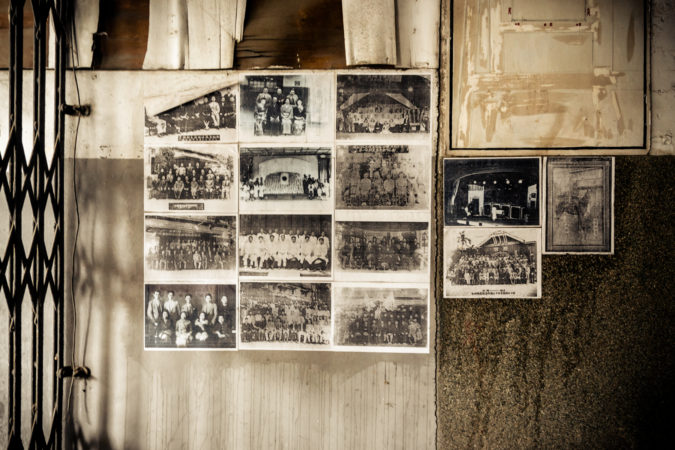
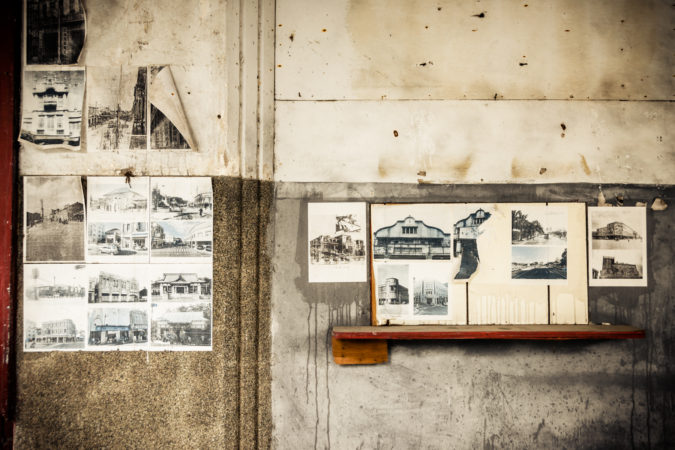
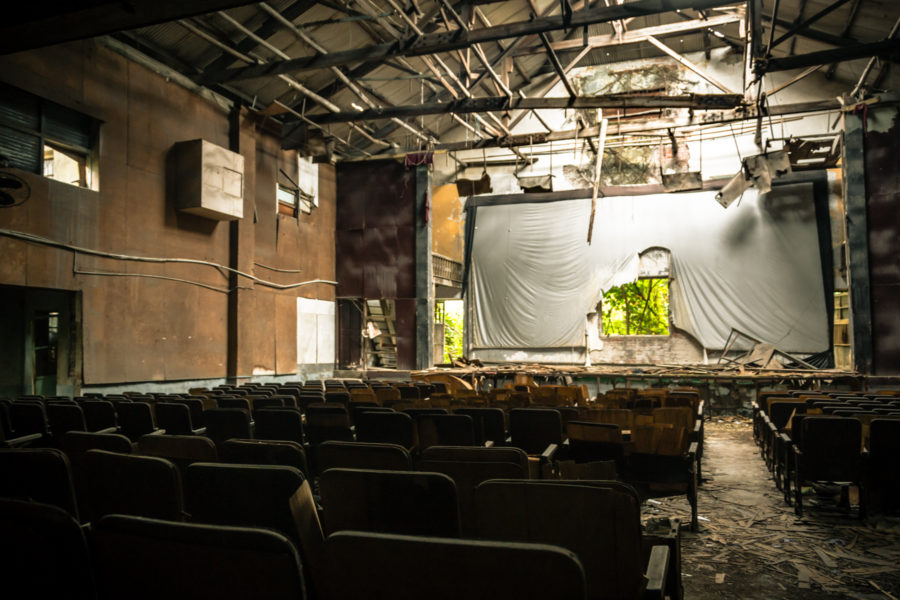
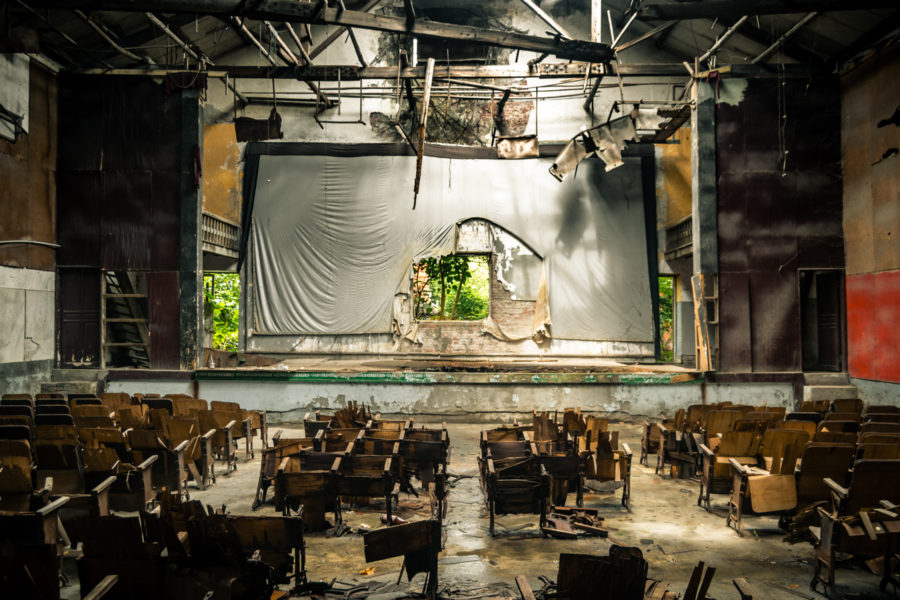
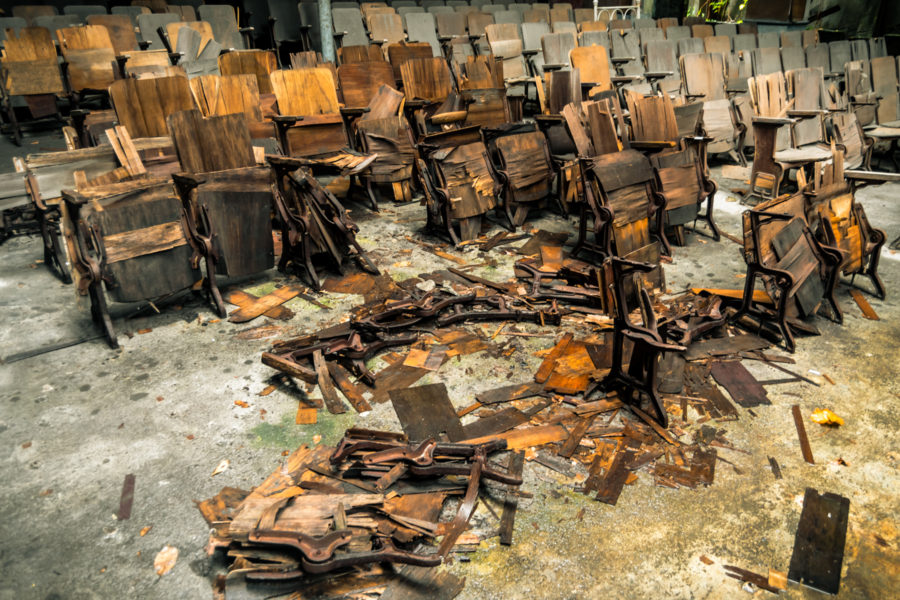
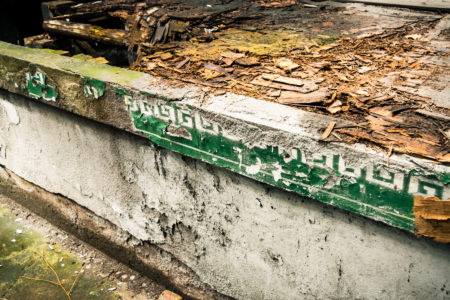
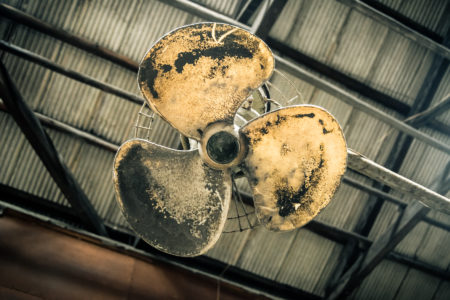
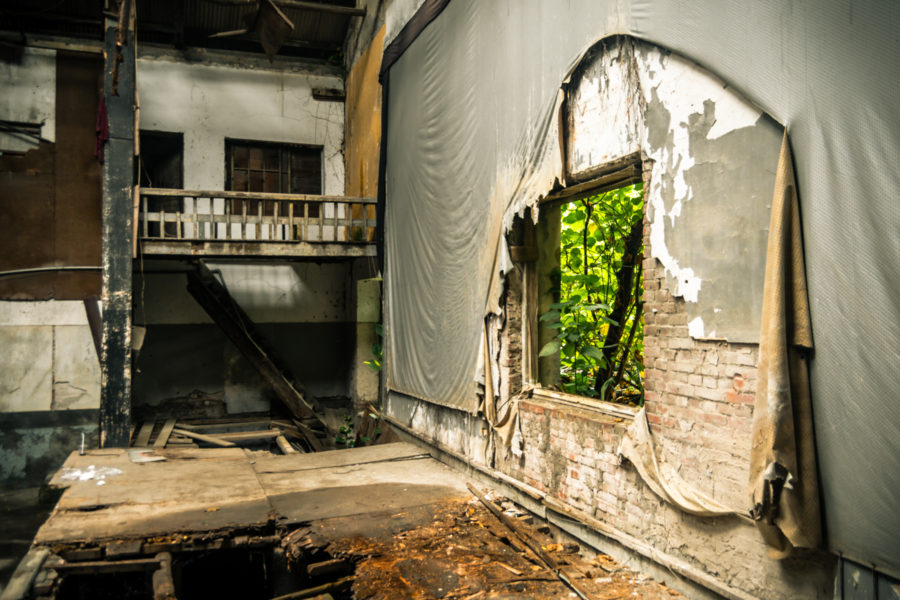
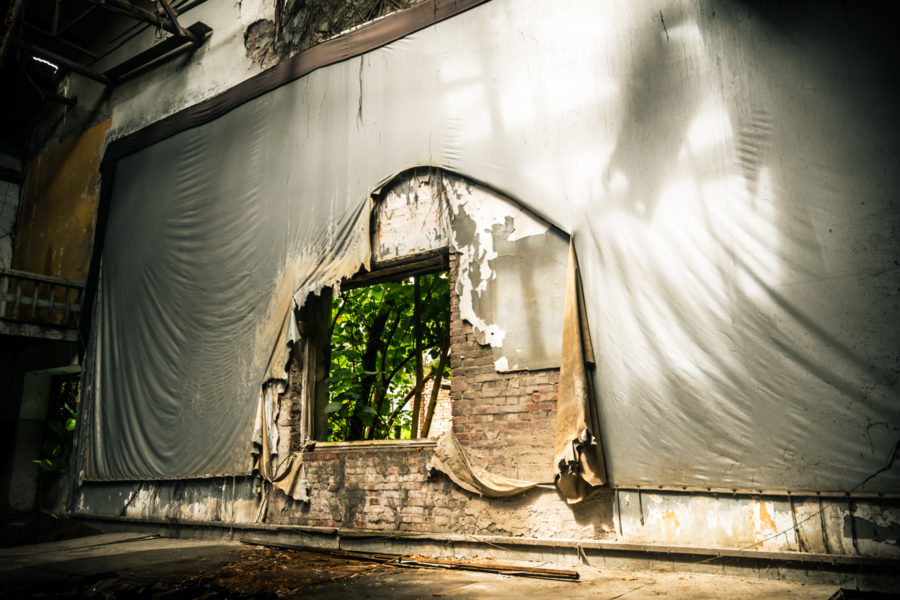
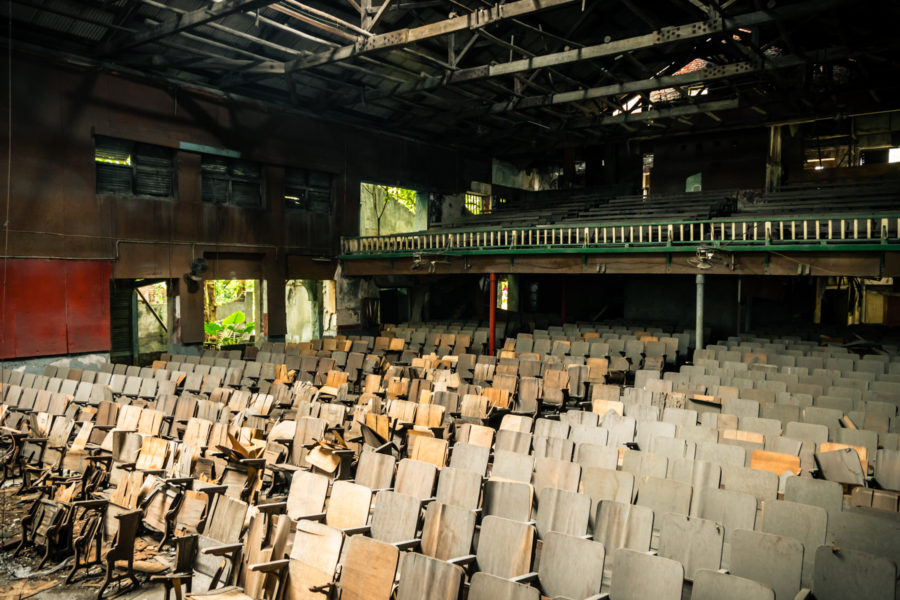
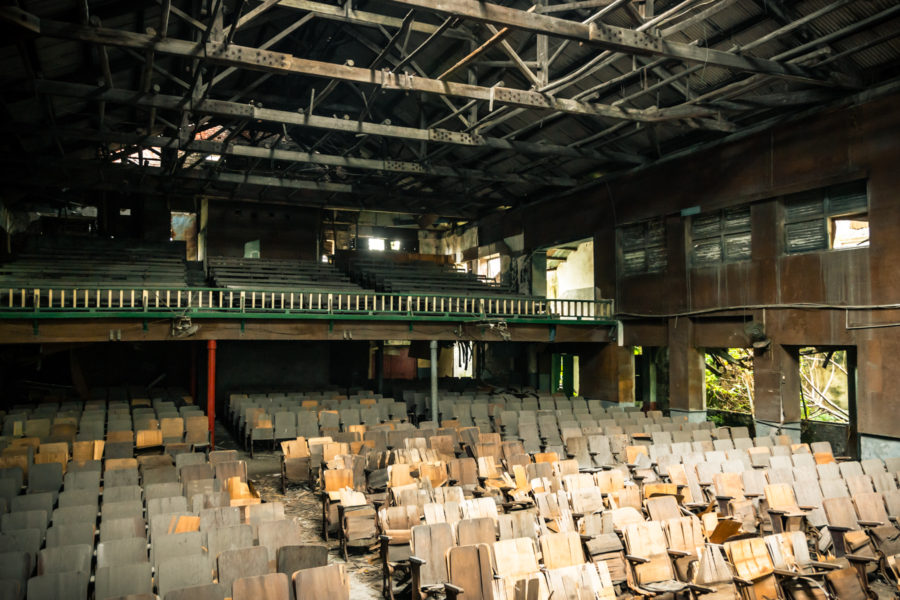
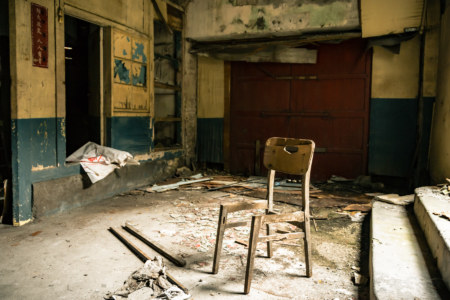
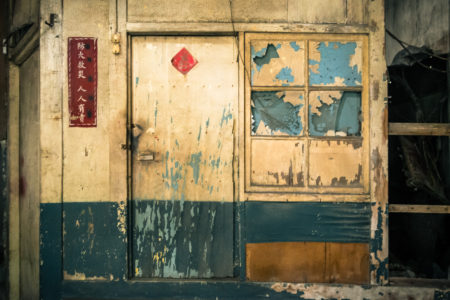
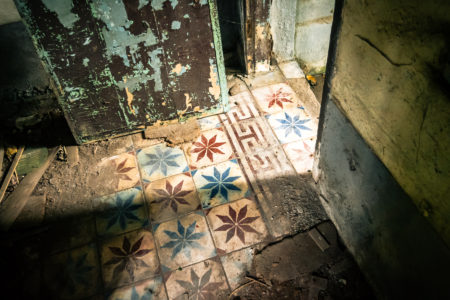
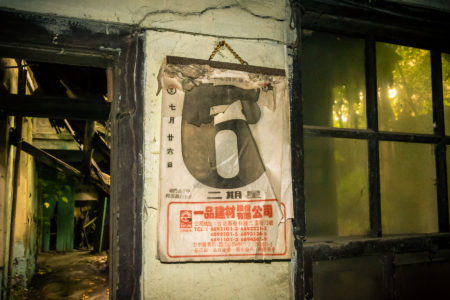
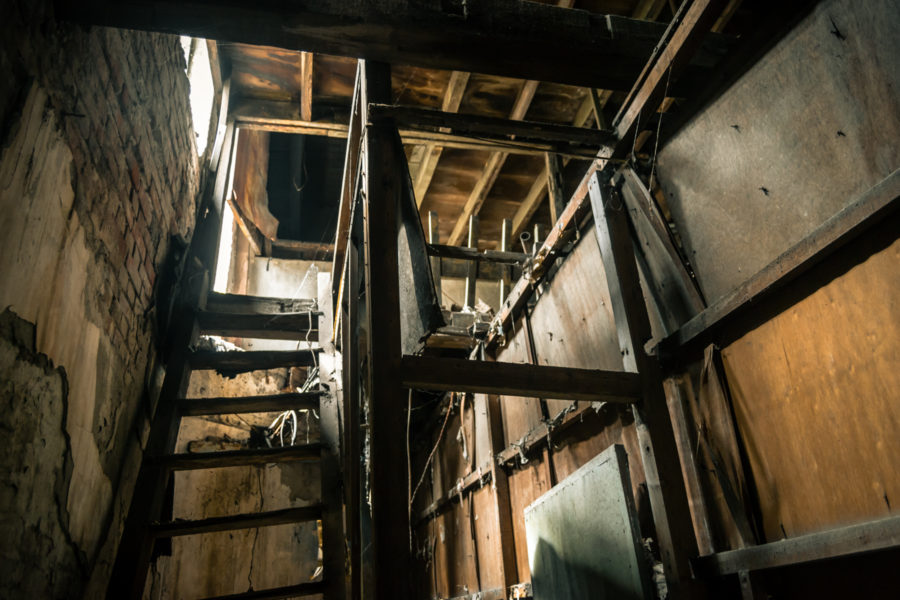
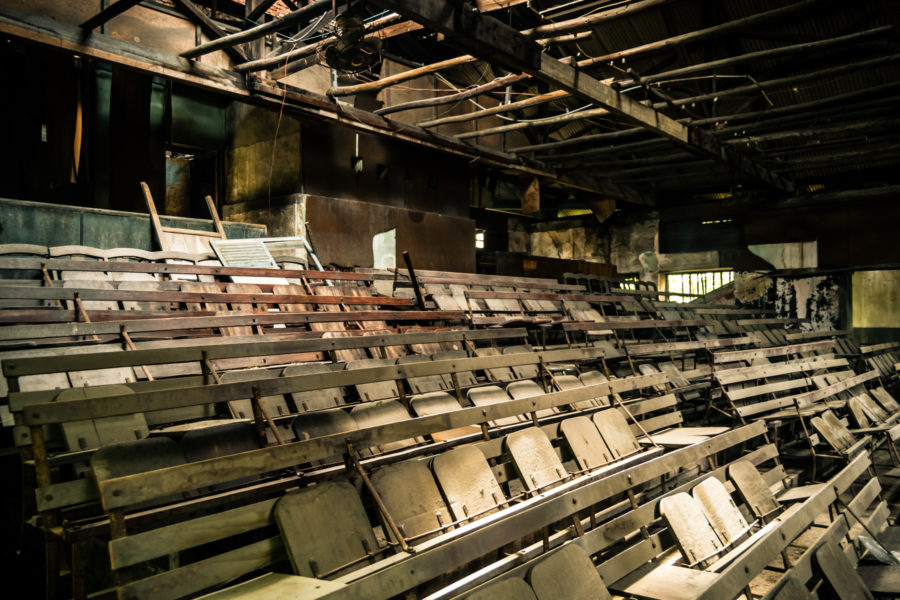
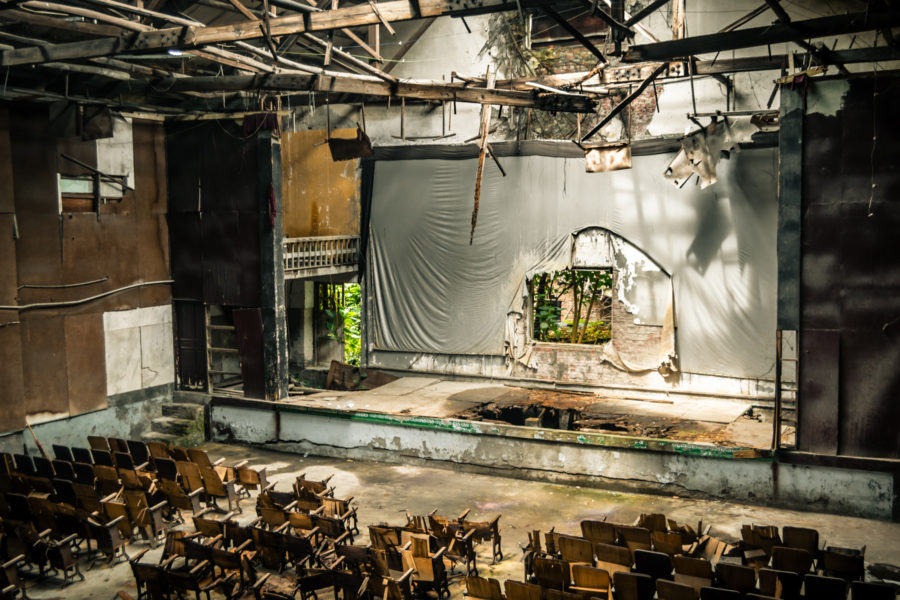
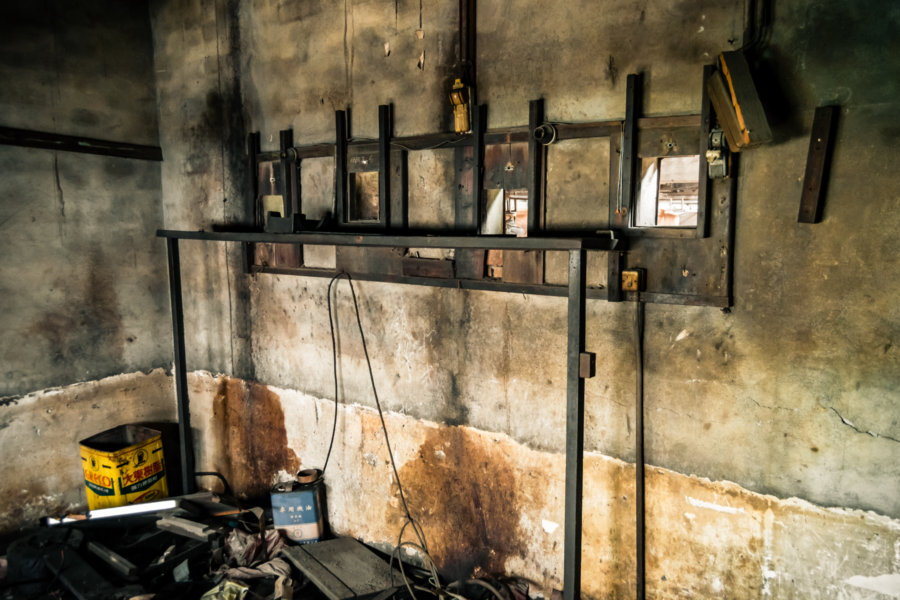
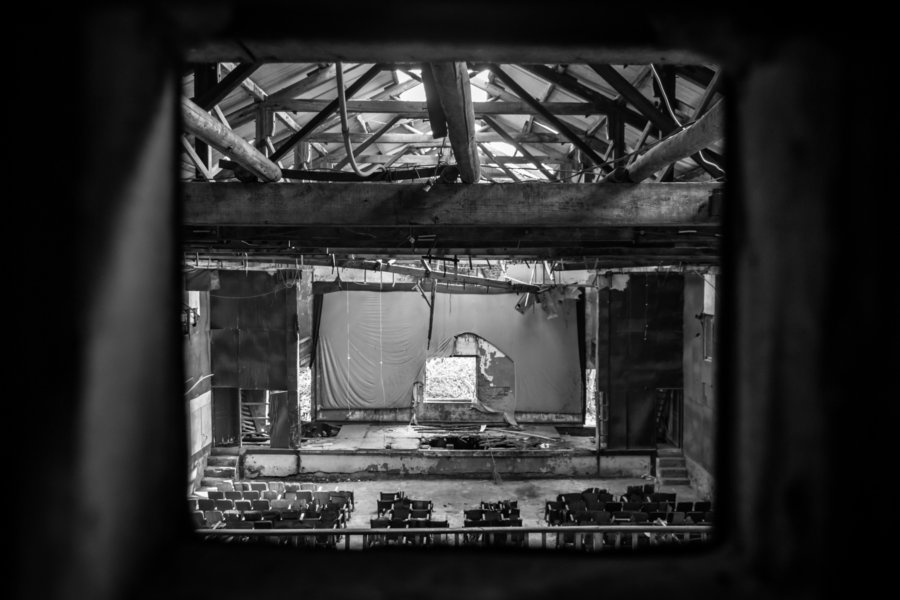
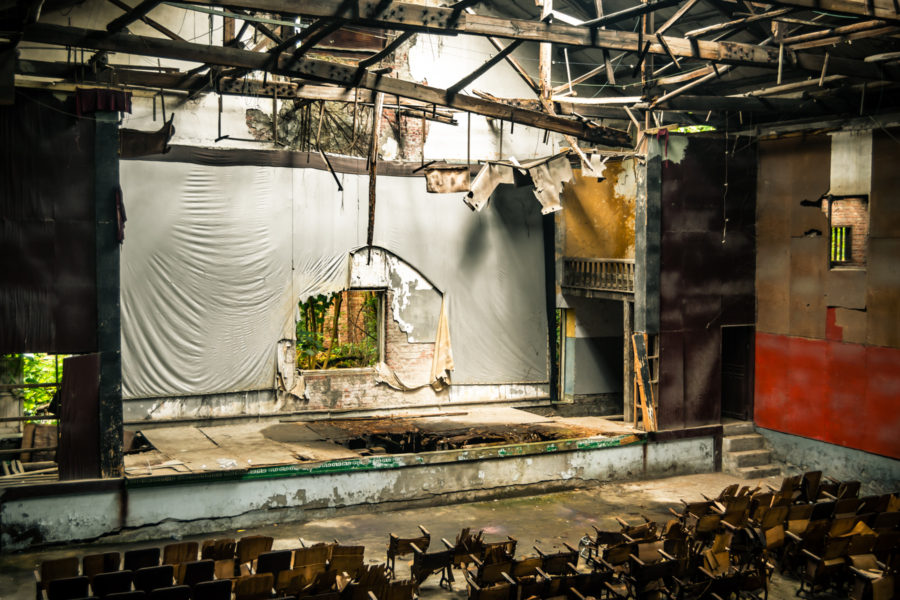
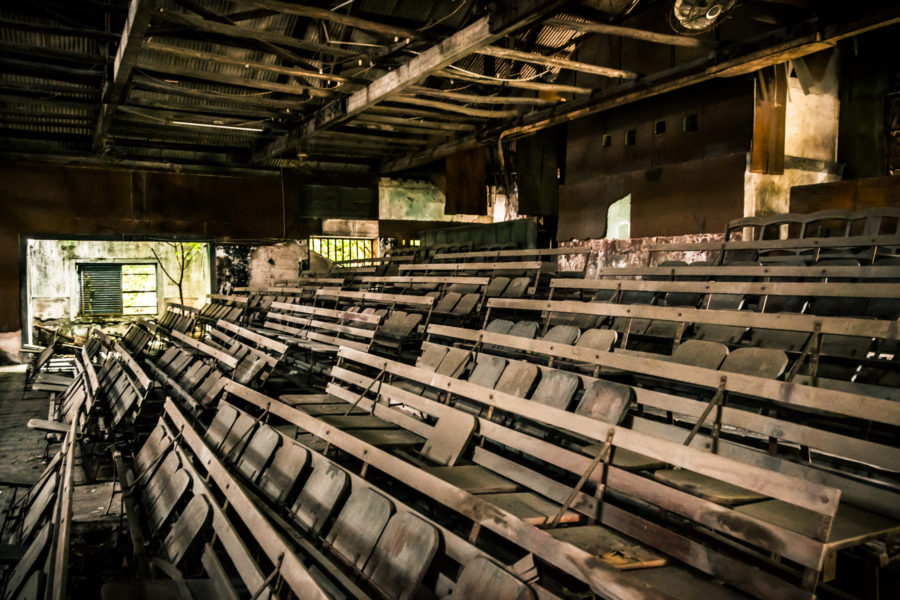
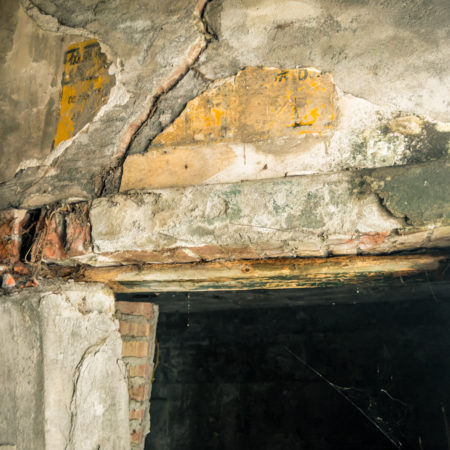
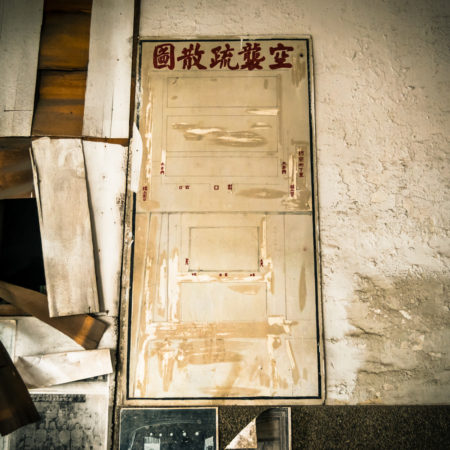
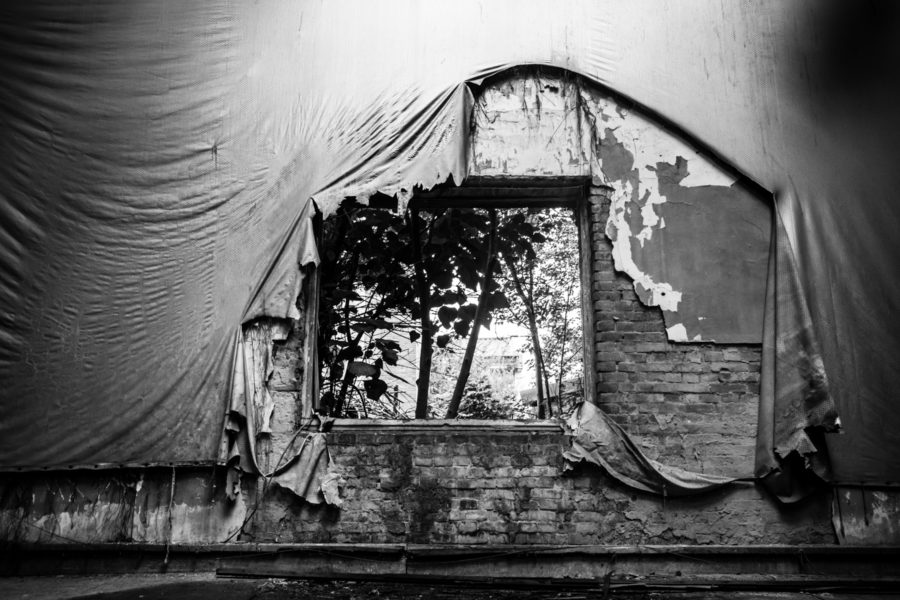
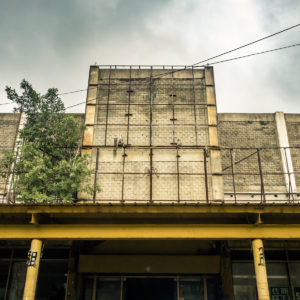
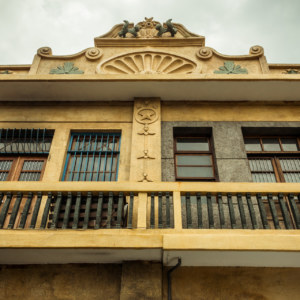
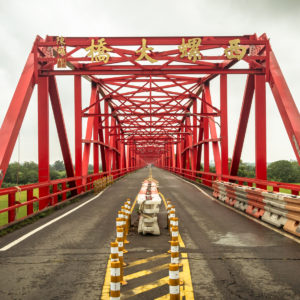
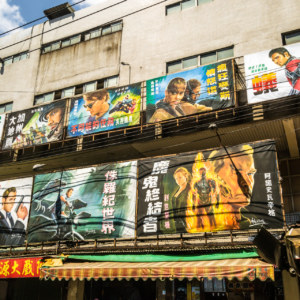
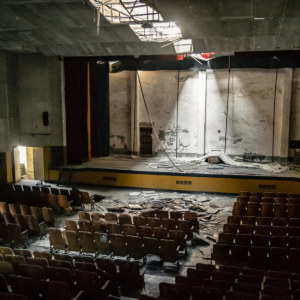
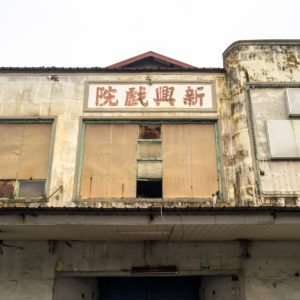
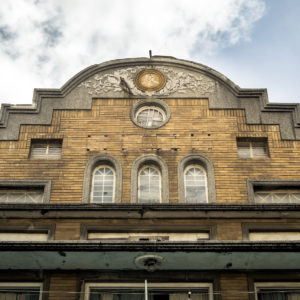
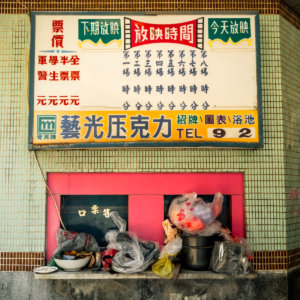
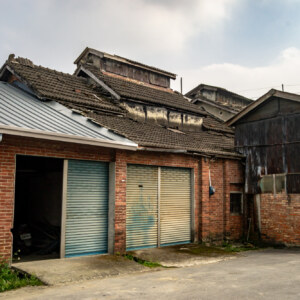
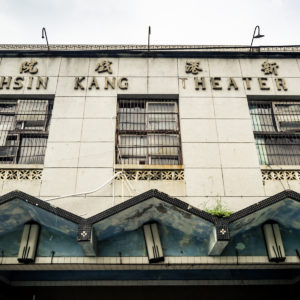
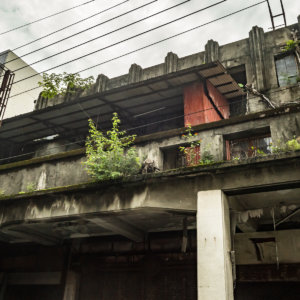
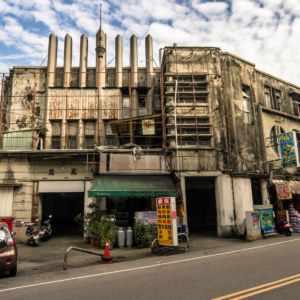
Just went there few days ago. The chairs are all gone.